Rosemary is an evergreen plant that has been used in cooking and traditional medicine since the time of ancient civilizations. Shrubs have been used as a spice for more than a century, but they began to grow it as an ornamental plant not so long ago.
For such a short period of growing rosemary on the windowsill, flower growers appreciated all its useful and decorative properties, and now you can increasingly find useful spices growing at home in a pot as a great addition to the interior of the room. In addition, the shrub, releasing phytoncides into the air, not only refreshes, but also cleans it of harmful impurities.
Rosemary is an unpretentious plant, the cultivation of which will not take much time and effort even from a beginner grower.
Content
Characteristics of rosemary and how it looks
Rosemary is a genus of perennials from the Iasnatkovye family. In the natural habitat, it can grow in the form of shrubs or shrubs, due to which it is often grown as a hedge. Mediterranean wild plant can be found on the dry inclined mountains of Africa, Turkey, Cyprus, Greece, Israel, Italy, Portugal and Spain.
The shrub is characterized by a highly developed root system, which is able to penetrate 4 meters into the soil, due to which it can grow even in arid areas. Thanks to its beautiful and flexible bark, the plant can be grown in bonsai style. The height of the bush can reach 1.5-2 m in the natural habitat and up to 1 m indoors.
To the gray pubescent shoots of rosemary with the help of short petioles, sessile leaves are attached in a linear form. Leathery glossy leaves with curved edges have a two-tone color. Above they are saturated green, and below - gray-green or almost white.
Blue-violet rosemary flowers are collected in dense small inflorescences. Flowering under favorable conditions can last about 25 days. The shrub exudes a pleasant refreshing aroma, reminiscent of a mixture of the smells of needles, eucalyptus and lemon.
Growing Rosemary in a Potted House
Rosemary is a wild plant that has been cultivated not so long ago, in connection with this, during its cultivation, flower growers encounter some difficulties regarding reproduction and care. The plant propagates using cuttings, dividing the bush, as well as seeds. But most often at home they use the method of cuttings.
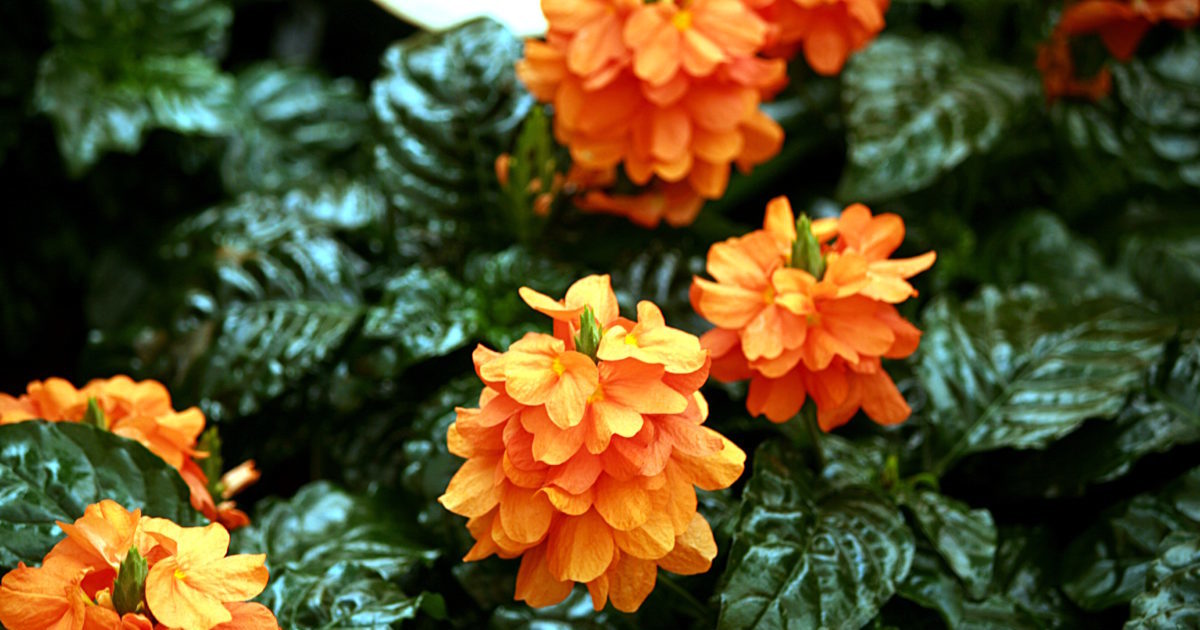 You may be interested in:
You may be interested in:From seed
Rosemary seeds can be purchased at any specialty store. However, it should be remembered that the seeds germinate reluctantly, therefore, with this method of reproduction, you should adhere to all recommendations of agricultural technology.
It is recommended to start sowing seeds in early spring or autumn. You can sow exceptionally well-moistened planting material. For hydration, it is enough to spread the seeds on the surface of a richly moistened gauze and leave them for 48 hours.
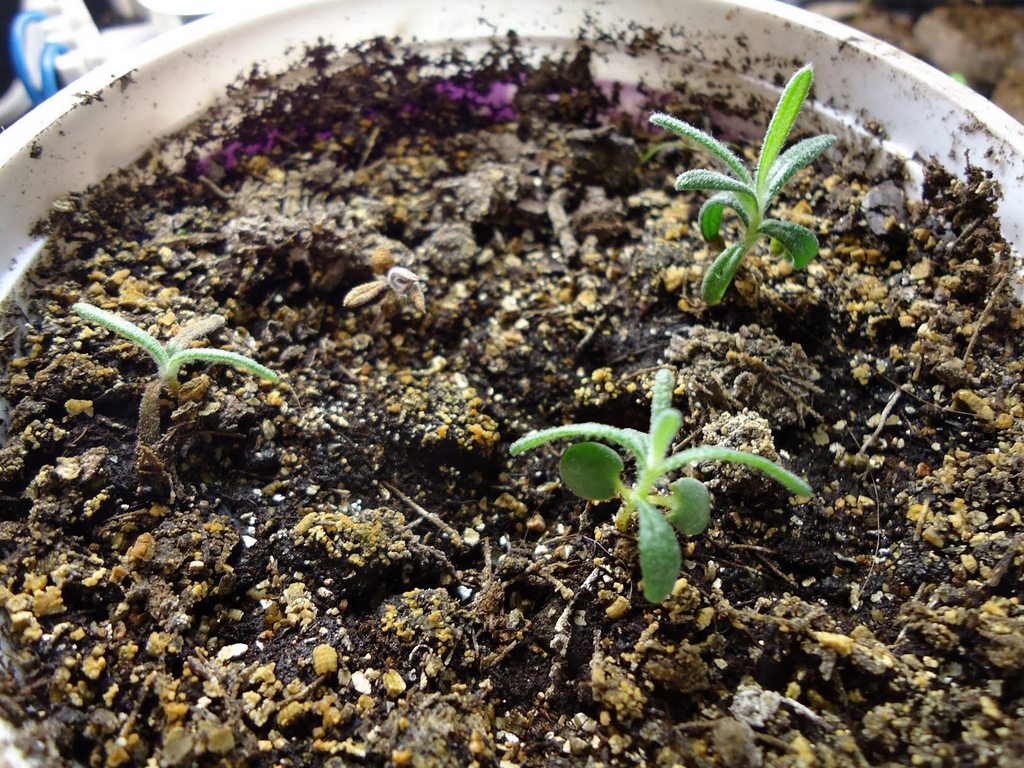
After soaking, the seeds are distributed over moist soil and covered with a plastic film with several punctures for good breathability. For sowing seeds, you can also use a plastic food container with a lid. However, it should be borne in mind that in such containers they must be ventilated daily. Soil with seeds requires regular moistening.
The first shoots, which will appear after 2-4 weeks, must be moistened exclusively with a spray gun. After the height of the seedlings reaches 7-9 cm and more than 3 leaves appear on it, you can begin the process of diving.
From cuttings
Growing a healthy shrub from cuttings is quite simple, it is not only convenient, but also a productive way of propagating a spicy plant. However, it should be borne in mind that for this method it is necessary to have at least one adult shrub, since the cutting stalk can be cut only from a mature specimen.
Material for rooting is best cut in the spring, before the flowering shrubs or in the fall. The upper part of the shoot, which managed to become covered with bark, is used as a handle. The length of the stalk should be from 8 to 10 cm. Before rooting, the lower leaflets of the stalk must be removed, and the places of their cut are treated with brilliant green.
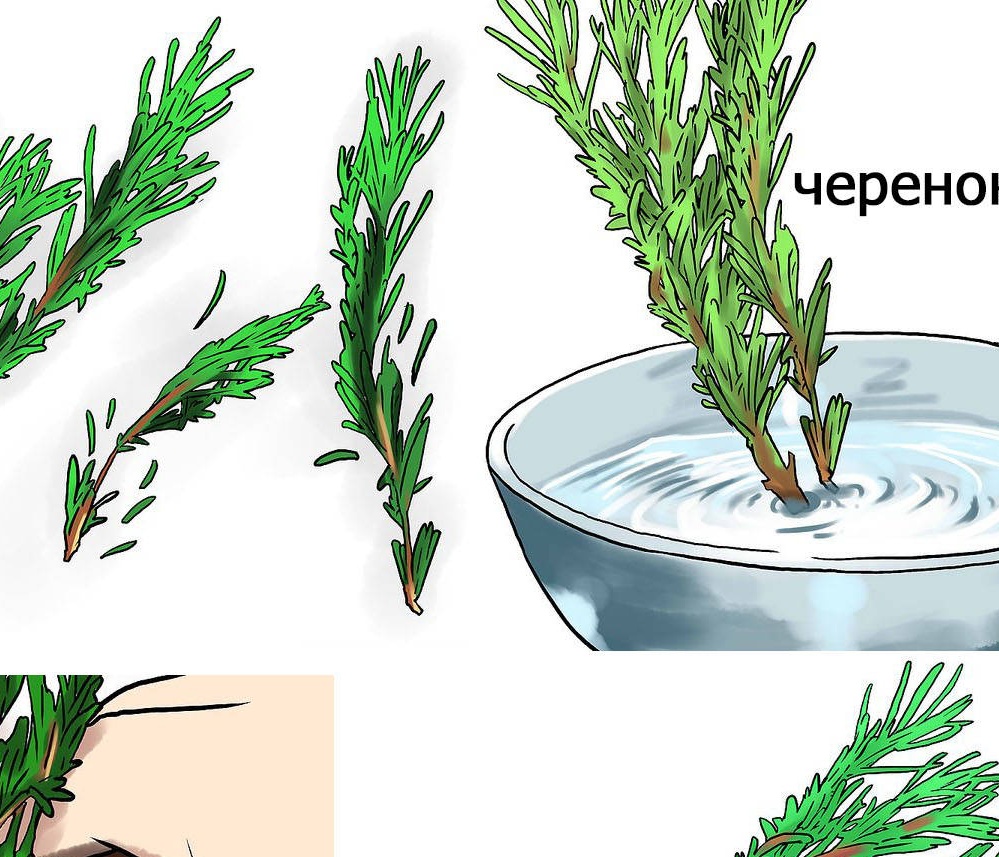
The stem is equally well rooted both in a glass with water and in moist soil mixture of peat and sand, taken in equal proportions. It is recommended to plant the stalk in the soil to a depth of 3-4 cm.
When keeping the container with cuttings in a warm place and with sufficient moisture, the first roots may appear after 2-3 weeks. To encourage the development of lateral shoots, you can pinch off the top of the handle as soon as it actively moves to growth. After 4-6 weeks, rooted cuttings can be planted in permanent containers.
By dividing the bush
Dividing the bush is the fastest way to propagate a crop, which you can resort to with every transplant. The optimal time for this method of reproduction is the beginning of spring. In order to minimize the chances of damage to the root system of the shrub, it must be shed with warm water immediately before removal from the pot. The bush from the tank should be taken along with a lump of earth.
The shrub is divided into parts using a secateurs so that the earthen lump is practically not disturbed. The resulting small sprouts must be planted in separate containers.
Basic rules for caring for rosemary at home
Rosemary is a fairly unpretentious plant that is easy to grow at home, however, care for it still requires compliance with the basic recommendations of agricultural technology.
Lighting
Rosemary is a light-loving plant, which even prolonged exposure to direct sunlight does not harm. In spring and summer, the plant can be taken out to the balcony or loggia, this will not only provide it with enough light, but also saturate the flower with oxygen.
Temperature mode
In the warm season, the flower does not need to maintain a certain temperature, the ambient temperature is quite suitable for it.
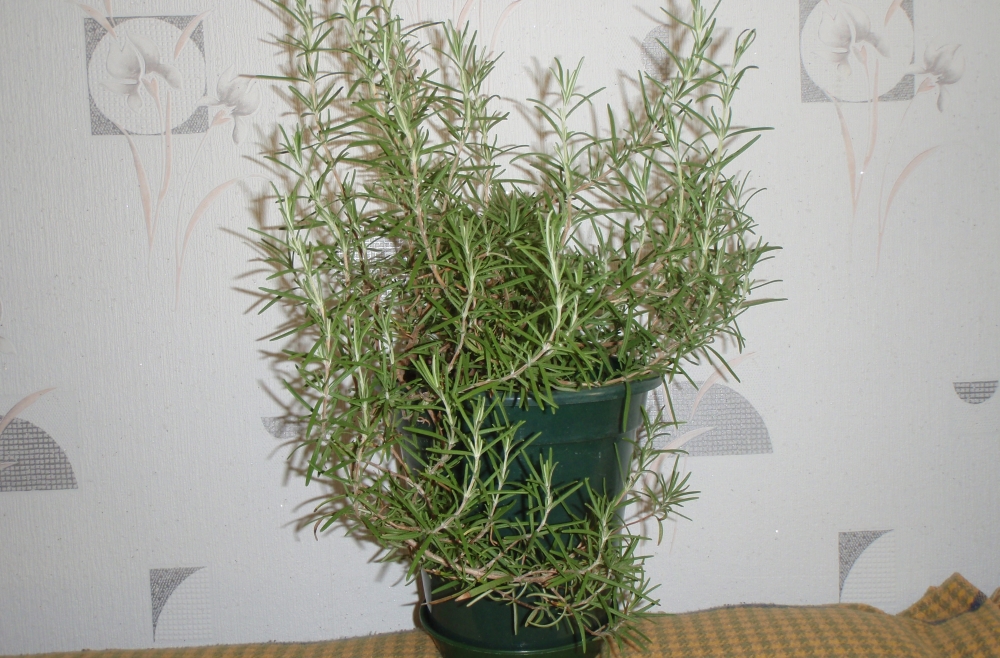
But with the onset of cold weather, rosemary is recommended to be kept in a cold room, since cold wintering stimulates its flowering. The temperature at which it is recommended to contain a flower in winter can fluctuate between + 8-13 ° С.
Humidity and watering
Despite the fact that rosemary is a drought-tolerant plant, it must be watered regularly, otherwise its leaves will turn yellow. From early spring to the first cold weather, the flower needs frequent watering.It is often not necessary to water a plant that is in a "hibernation"; only 1 watering in 2 weeks will be enough, however, it is not worthwhile to allow deep drying of the soil.
Rosemary has no specific humidity requirements. But periodic spraying with severe drought will benefit the decorative culture.
Top dressing
During the period of active growth, which lasts from March to September, the spice needs additional top dressing once every 2 weeks. The rest of the year, fertilizing more than once every 30 days is not necessary. As a top dressing, you can use complex fertilizers for decorative crops. Additionally, you can use a solution of calcium to fertilize the flower.
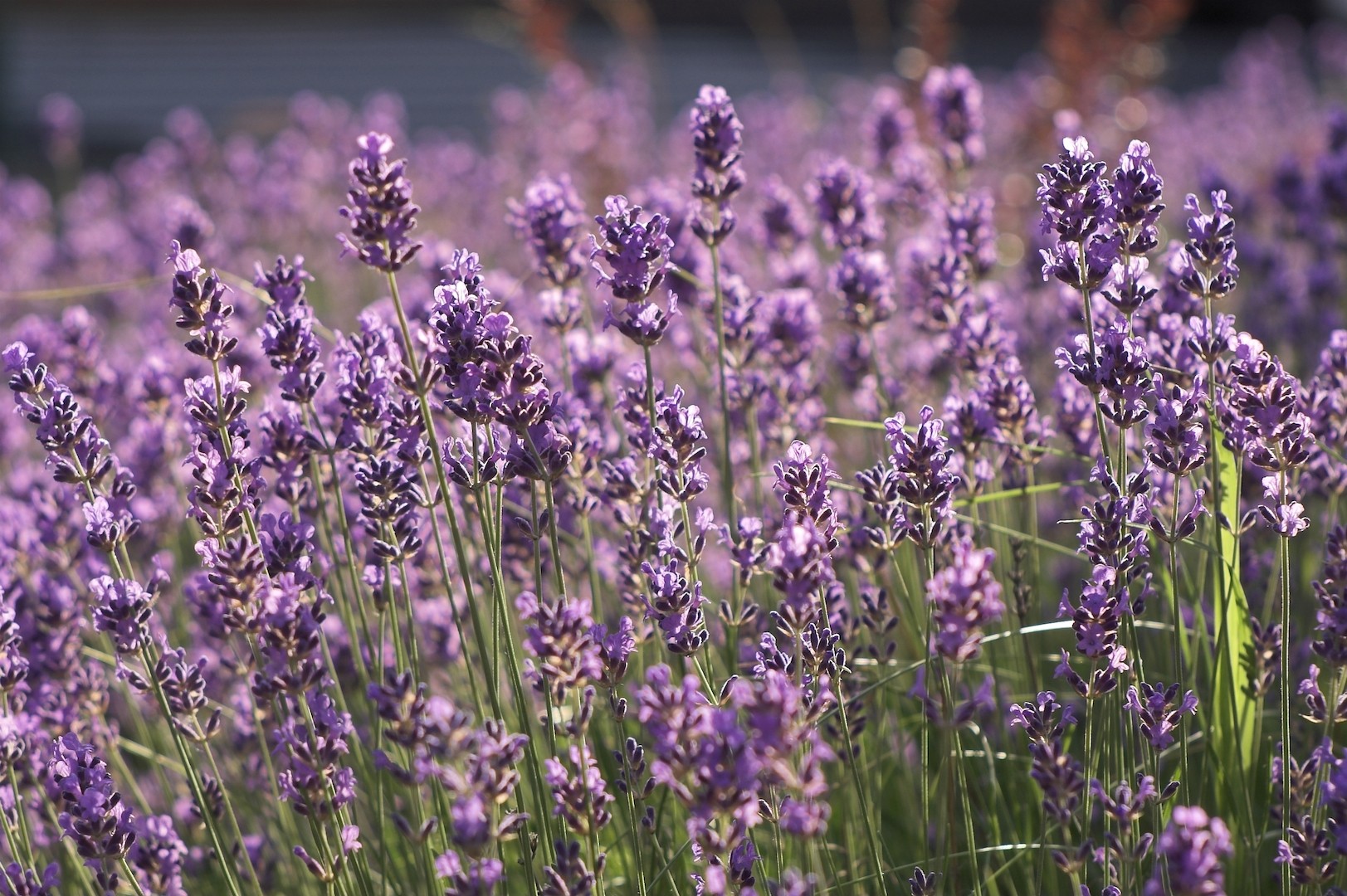 You may be interested in:
You may be interested in:Transfer
The root system of rosemary is actively growing, quickly occupying the entire space of the pot, so the plant needs a transplant at least once every 2 years. If necessary, the bush can be replanted annually.
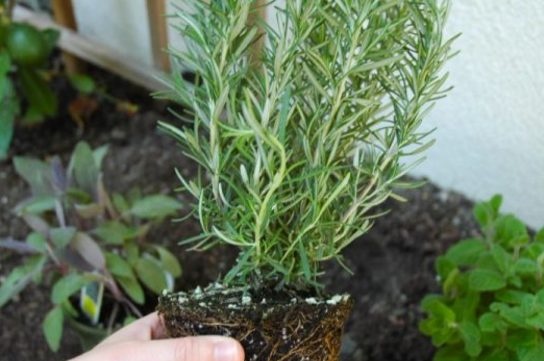
As a rule, a plant is transplanted in the spring before flowering. The main rule during transplantation is to provide the soil with a good drainage layer.
Cropping Features
Pruning stimulates the formation of new branches and allows you to increase the decorativeness of the culture. It is necessary to carry out the pruning procedure immediately after the flowering of the bush. When pruning, it is not recommended to remove more than one third of the shoot from the tip of the leaves.
Possible problems when growing rosemary in the apartment
When growing rosemary in an apartment for the first time, even an experienced florist may encounter some difficulties. Such a persistent and hardy plant like rosemary is susceptible to various diseases and pests caused by inappropriate care:
- Prolonged exposure to direct sunlight on the terrestrial part of the plant may cause its leaves to fade and subsequently fade. Moving a container with shrubs to a place with diffused lighting will help solve this problem.
- Yellowed lower leaves indicate that irrigation is disturbed and the bush does not have enough moisture. But the weakened aroma and fallen leaves, on the contrary, indicate an excess of water in the soil.
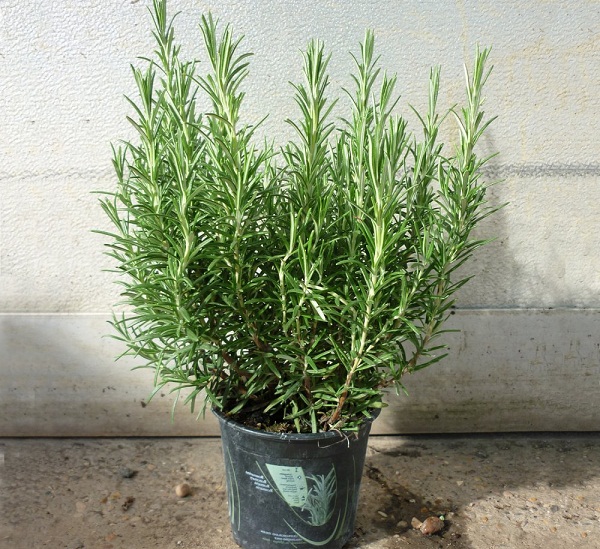
The establishment of an irrigation system will return the flower to its decorativeness. - Shrub content in a poorly ventilated room with high humidity can lead to the appearance of downy mildew. The disease manifests itself in the form of a white coating on the aerial surface of the plant, and can acquire a brown color. The treatment of this lesion consists in removing the affected areas and transplanting the bush into a new disinfected soil. It is also recommended to treat the plant with antifungal agents.
- In the winter season, when the air in the room is too dry, the plant may be infected with a spider mite. The presence of the tick can be seen on the thin web, which envelops the leaves and stem of the bush. With a mild defeat, the pest can be dealt with by using soapy water. However, if the infection was not noticed immediately, it will not be possible to do without insecticides.
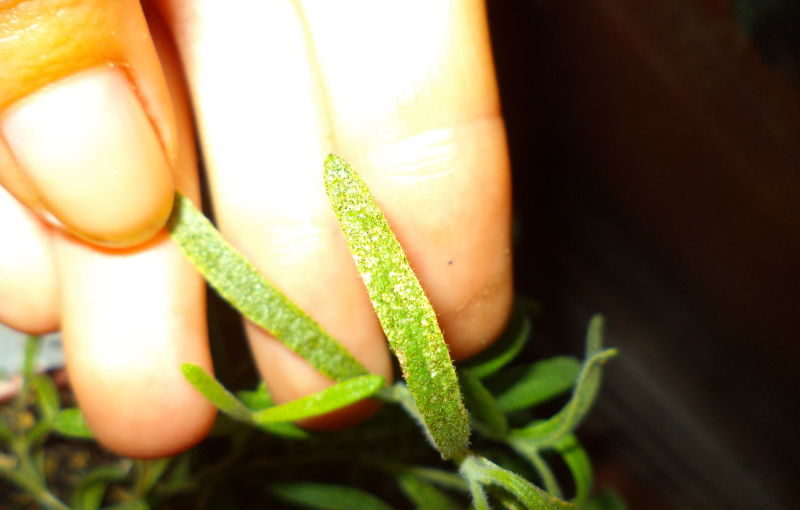
Rosemary disease - In addition to the tick, the shrub can also be susceptible to infection by aphids. The leaves of such a plant are deformed and folded. Cope with insects is possible only with the help of insecticides.
Signs and benefits of plants for the home
Growing rosemary at home in a pot, you can simultaneously get a beautiful plant, tasty spice and natural air freshener. The history of growing shrubs dates back to ancient times,because then rosemary was considered a symbol of Aphrodite, the goddess of love and beauty. People believed that the plant is able to maintain youth, as well as put in order thoughts and feelings.
Currently, it is believed that rosemary blooms only with the "real" mistress, who holds in her hands not only her house, but also her husband. Therefore, a healthy, branched and flowering shrub is a compliment to a woman from nature itself.
The leaves of the shrub contain an essential oil rich in volatile and antioxidants that freshen the air and purify it of harmful impurities and particles. The smell of shrubs helps to relax and relieve stress, balancing the emotional state of a person.
Rosemary is rich in nutrients and vitamins, which is why its oil is actively used in folk medicine to treat various pathologies, such as migraine, diabetes, neurasthenia, inflammation of the kidneys, liver and gastrointestinal tract.
Due to the fact that the plant has a specific coniferous smell, it is a popular spice that will give an exquisite taste to any meat, fish and vegetable dishes. Drinks with the addition of sprigs of rosemary can energize a person and cheer him up.
The plant will allow you to purify the air, bring peace to the house, and will also be a great addition to any dish, whether it is a side dish or dessert.
Common questions
 You may be interested in:
You may be interested in:Growing rosemary on a windowsill is pretty easy. It is enough to observe elementary recommendations regarding his care in order to get a beautiful shrub that will become a pleasant-smelling “highlight” of any interior. Rosemary is a plant that can thank a person for caring, purifying the air and giving a good sleep.

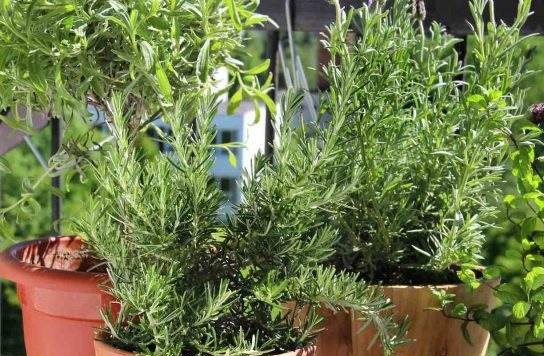
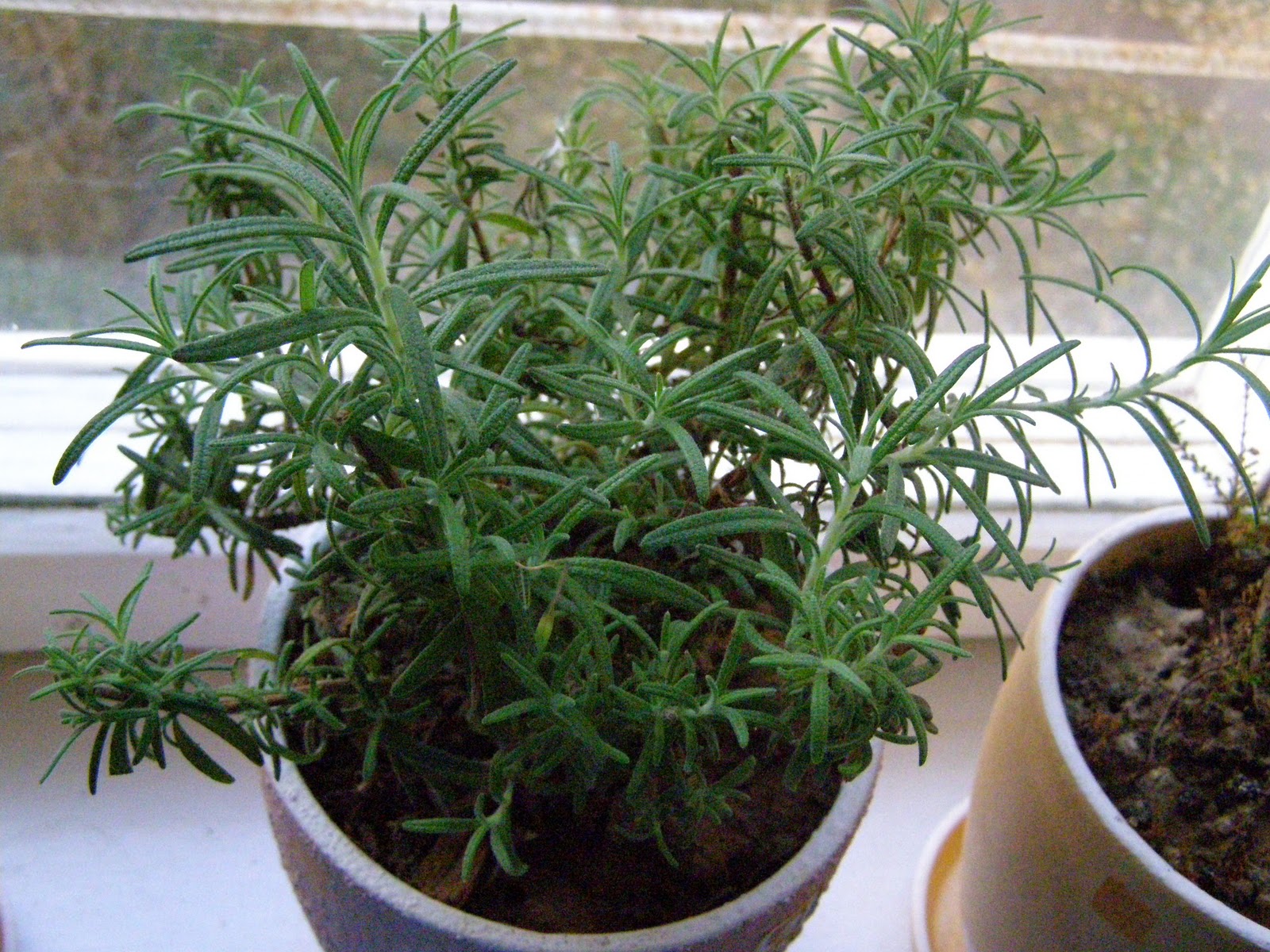
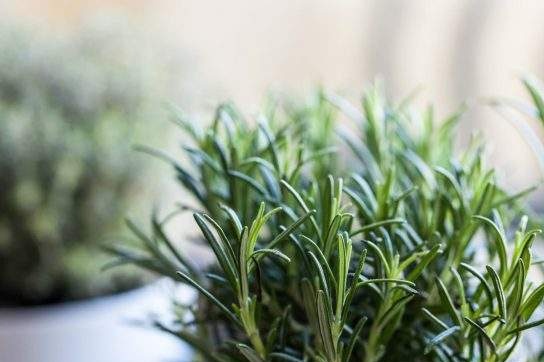
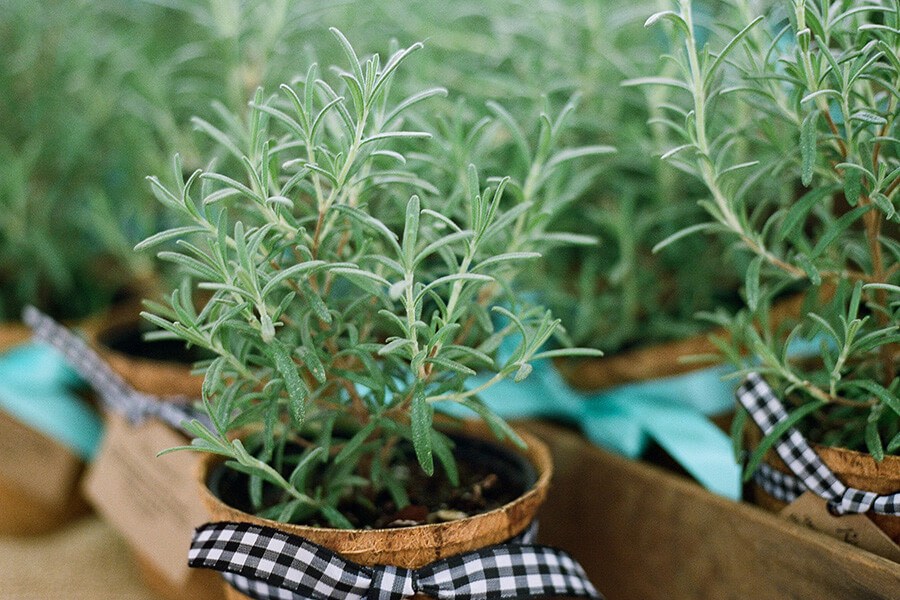

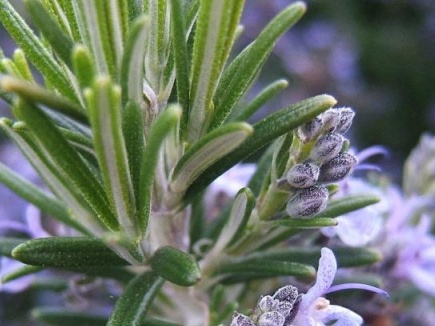

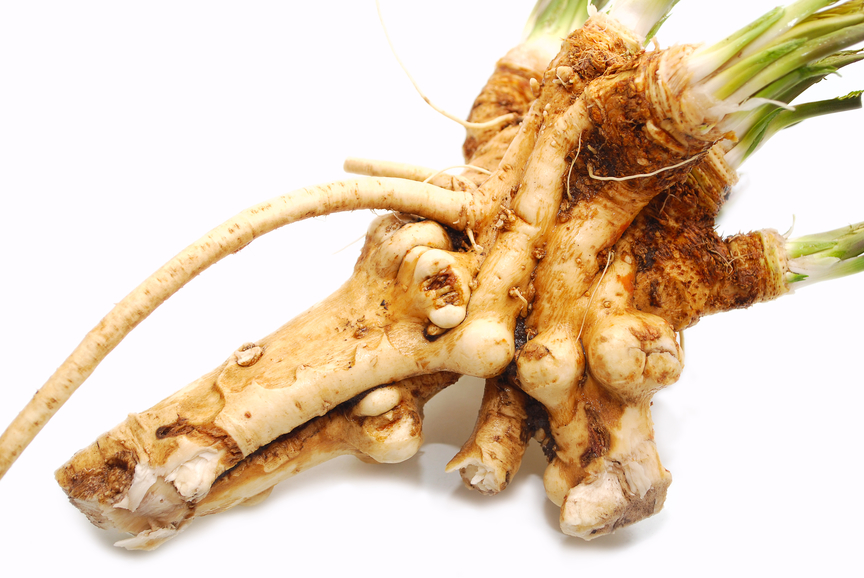
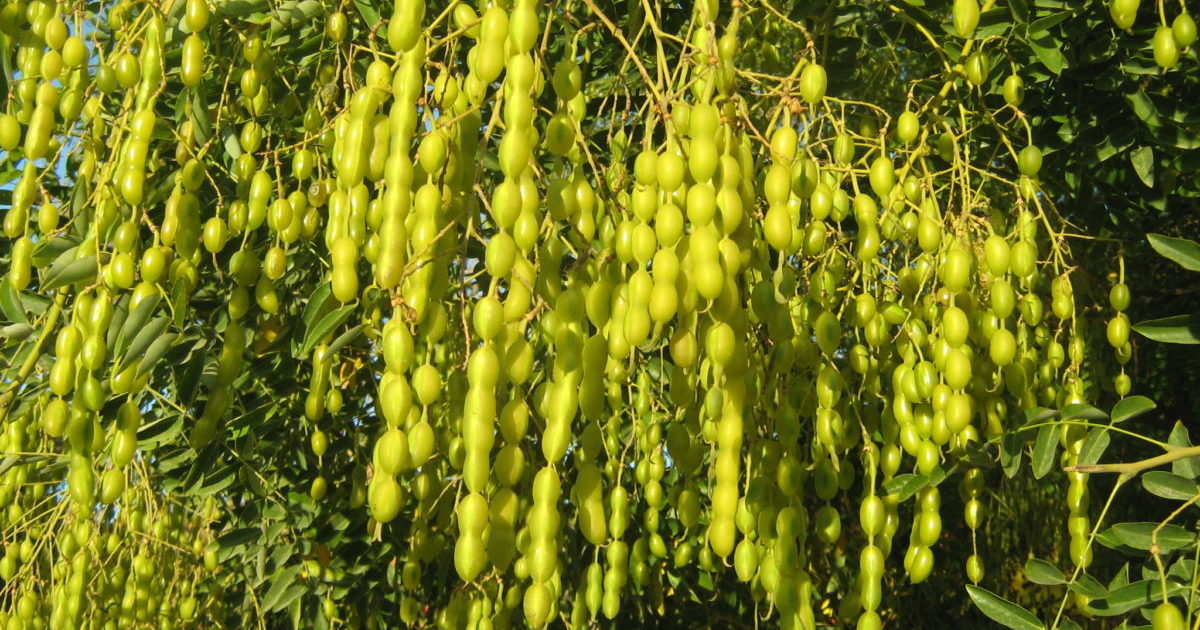
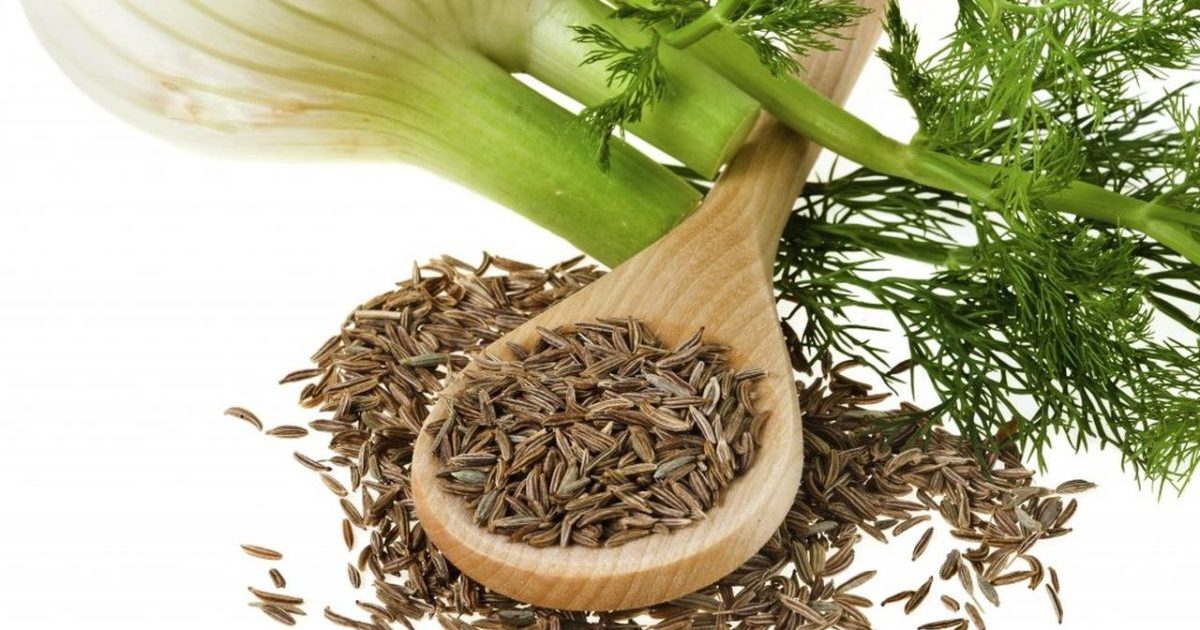 Fennel - beneficial properties and contraindications
Fennel - beneficial properties and contraindications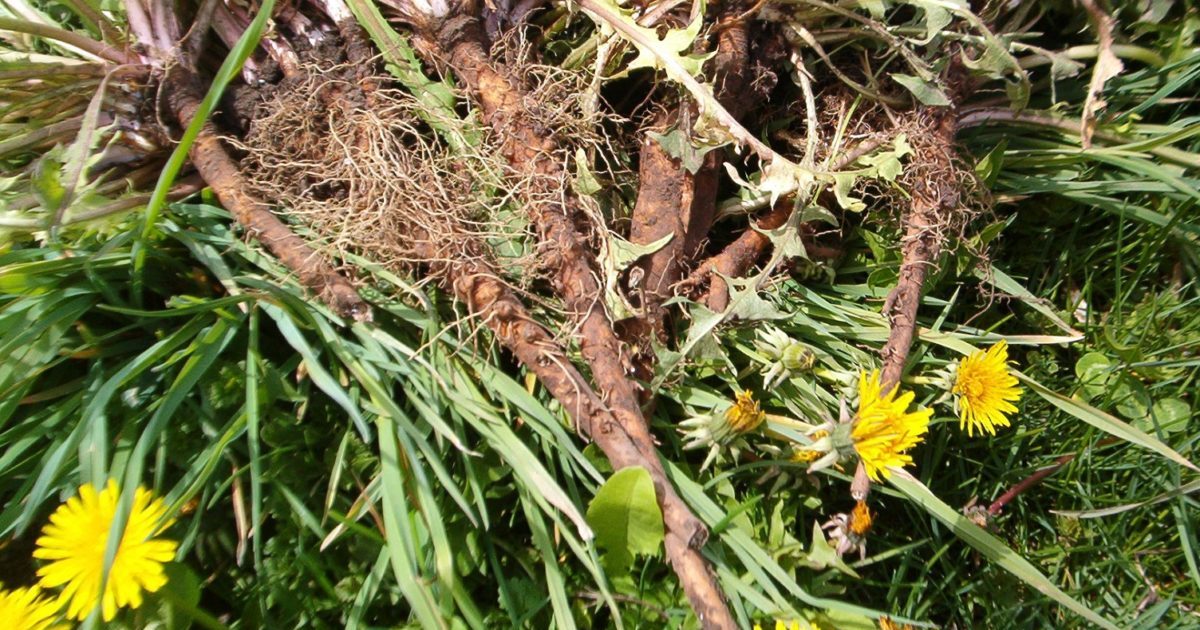 Dandelion Root - Health Benefits and Contraindications
Dandelion Root - Health Benefits and Contraindications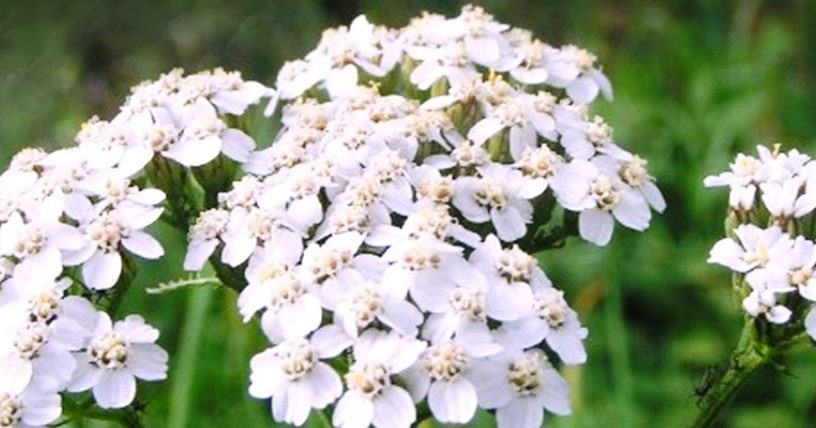 Yarrow - beneficial properties and contraindications for health
Yarrow - beneficial properties and contraindications for health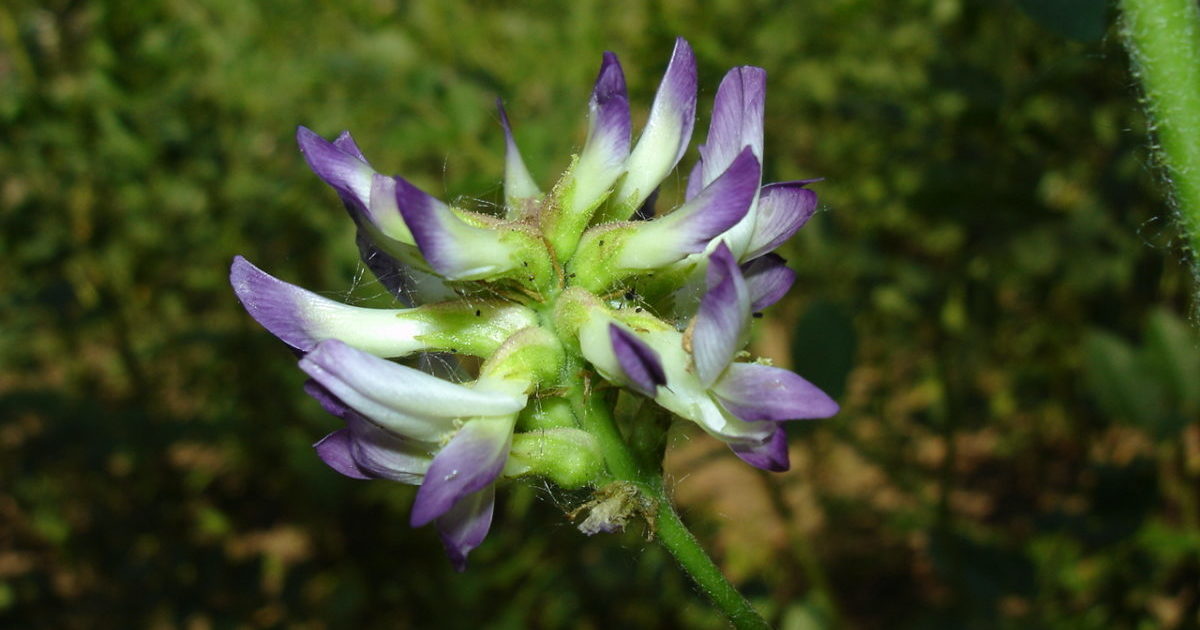 Licorice - beneficial properties and contraindications for health
Licorice - beneficial properties and contraindications for health